Origins & Discovery
The tripeptide glycyl-L-histidyl-L-lysine (GHK) was isolated from human plasma in 1973 when Pickart observed that young serum “caused old liver tissue to produce proteins more characteristic of younger individuals.” Its high affinity for Cu²⁺ rapidly forms the chelate now known as GHK-Cu, which occurs naturally in plasma, saliva, and urine. Concentrations decline from ~200 ng mL⁻¹ in youth to ~80 ng mL⁻¹ by age 60, paralleling the fall in overall regenerative capacity.
Structural Chemistry
X-ray crystallography and EPR spectroscopy show Cu²⁺ is tetragonally coordinated by the imidazole nitrogen of histidine, the α-amino group of glycine, and the de-protonated amide nitrogen of the Gly-His bond (see Figure 1 in the carousel). This compact chelation stabilizes Cu²⁺, shields it from redox cycling, and assists copper trafficking to enzymes such as lysyl-oxidase and superoxide-dismutase.
Endogenous Signaling Molecule
During tissue injury collagenase liberates GHK sequences embedded in type I collagen, delivering a copper-rich “danger/alarm” signal to the wound bed. Proteolysis of the matricellular protein SPARC releases related KGHK fragments that act in concert, first stimulating angiogenesis and later tempering it—a built-in temporal switch for balanced repair.
Genomic Re-Programming
Connectivity-Map transcriptomics revealed that 31 % of the human genome shifts ≥ 50 % after 24 h exposure to 1-10 nM GHK-Cu, with 59 % of affected genes up-regulated. Among the most up-regulated are angiopoietin-1, stathmin-3, and the potassium channel KCND1, while pro-fibrotic NOTCH3 is suppressed. Pickart and Margolina summarized: “GHK-Cu is essentially resetting DNA to a healthier state.” pmc.ncbi.nlm.nih.gov
Skin Regeneration & Wound Healing
Topical 0.01–100 nM GHK-Cu elevates collagen I/III, elastin, and decorin in adult dermal fibroblasts and boosts basic-FGF production by 230 %. In a 12-week double-blind trial, nano-lipid-encapsulated GHK-Cu reduced facial wrinkle volume by 55.8 % compared with vehicle. Animal models echo these findings: collagen-impregnated dressings containing GHK accelerate epithelialization nine-fold in diabetic rats, while ischemic wounds show lower TNF-β and MMP-9 levels after treatment.
A 2023 Nature Scientific Reports study engineered RADA16-I hydrogels functionalized with GHK, reporting “no cytotoxicity; cells grew and proliferated better… wound closure improved markedly in a dorsal-skin injury model.” Such peptide-hydrogels illustrate how GHK-Cu can be integrated into biomaterials for sustained delivery.
Hair-Follicle Biology
GHK-bound hydrogels also “stimulate the growth of hair follicles,” and topical solutions enlarge follicle diameter in human scalp biopsies. Mechanistically, the peptide increases Wnt-signaling in dermal papilla cells and preserves stem-cell markers (K15, p63), aligning with diagrams of follicular cycling (Figure 4).
Angiogenesis & VEGF
Copper is a recognized angiogenic cofactor; Sen et al. demonstrated that micromolar Cu²⁺ triggers VEGF mRNA induction within 10 min in endothelial cells, accelerating dermal neovascularization. GHK-Cu shuttles bioavailable copper to the wound, thereby coupling genomic signals with vascular supply.
Anti-Inflammatory & Antioxidant Activity
In UV-exposed keratinocytes, GHK-Cu quenched lipid-peroxidation by-products (4-hydroxynonenal, malondialdehyde) more effectively than superoxide-dismutase. The peptide also binds acrolein and glyoxal, neutralizing reactive aldehydes. In diabetic-rat wounds these antioxidant effects correlated with higher glutathione and ascorbic-acid levels.
Anti-Fibrotic & Organ Protection
Emerging rodent data indicate that GHK-Cu mitigates bleomycin-induced pulmonary fibrosis by suppressing TGF-β/Smad signaling and oxidative stress markers. In COPD-derived lung fibroblasts, GHK corrected 70 % of age-dysregulated genes toward youthful expression patterns—an observation that prompted Pickart’s statement that the peptide “restores the TGF-β pathway.” pmc.ncbi.nlm.nih.gov
Neurotrophic Potential
Collagen conduits impregnated with GHK-Cu increased axonal count and Schwann-cell proliferation in transected rat sciatic nerves, accompanied by elevated nerve-growth-factor, NT-3 and NT-4. Gene-ontology searches reveal modulation of > 600 neuron-related transcripts, hinting at prospects in peripheral-nerve repair research.
Safety Profile & Contra-Indicators
In vitro cytotoxicity screens up to 100 µM show no viability loss in keratinocytes or fibroblasts. Murine sub-chronic studies report no organ toxicity. Nevertheless, researchers should note copper’s pro-oxidant capacity in Fenton chemistry; excessive free Cu²⁺ may exacerbate oxidative injury under certain conditions. Investigators working with models of Wilson’s disease or other copper-overload states should therefore exercise caution.
Formulation & Stability Considerations
GHK-Cu is carboxypeptidase-labile, degrading rapidly in chronic-wound exudate. Strategies such as lipid-nano-carriers, PEGylation, or integration into self-assembling peptide scaffolds extend half-life while maintaining picomolar bioactivity levels.
Future Research Horizons
3-D Bioprinting: Incorporating GHK-Cu into printable hydrogels could spatially program angiogenesis within construct layers. Gene-Editing Synergy: CRISPR screens combined with GHK-Cu exposure may identify master regulators governing its vast transcriptomic shifts. Redox-Biology Interfaces: Quantitative proteomics of cysteine-oxidation after peptide treatment will clarify how copper delivery balances ROS signaling versus damage. Organ-on-Chip Platforms: Microfluidic skin- or lung-chips can dissect paracrine cross-talk between GHK-Cu–stimulated fibroblasts and immune cells without animal confounders.
Conclusion
Across four decades of study, GHK-Cu research peptide has evolved from a biochemical curiosity to a versatile toolkit for regenerative-biology laboratories. Its rare combination of genomic re-programming, redox buffering, pro-healing signaling, and copper delivery positions it as a valuable probe for dissecting the molecular choreography of tissue renewal. Ongoing in-vitro and ex-vivo investigations will determine how best to harness—and where to limit—its remarkable scope of action.
Selected References (APA style) Dzierżyńska, M., et al. (2023). Release systems based on self-assembling RADA16-I hydrogels… Scientific Reports, 13, 6273. https://www.nature.com/articles/s41598-023-33464-w Pickart, L., & Margolina, A. (2018). Regenerative and protective actions of the GHK-Cu peptide in the light of new gene data. International Journal of Molecular Sciences, 19(7), 1987. https://pubmed.ncbi.nlm.nih.gov/29986520/ Pickart, L., Vasquez-Soltero, J. M., & Margolina, A. (2015). GHK peptide as a natural modulator of multiple cellular pathways in skin regeneration. BioMed Research International, 2015, 648108. https://pubmed.ncbi.nlm.nih.gov/26236730/ Sen, C. K., et al. (2002). Copper-induced vascular endothelial growth factor expression and wound healing. American Journal of Physiology-Heart and Circulatory Physiology, 282(5), H1821–H1827. https://journals.physiology.org/doi/full/10.1152/ajpheart.01015.2001Genemedics Health Institute. (2023). Peptide therapy: GHK-Cu peptides. https://www.genemedics.com/peptide-therapy Margolina, A., & Pickart, L. (2012). The human tripeptide GHK-Cu in prevention of oxidative stress and inflammation. Biomed Research International, 2012, 324832. https://pubmed.ncbi.nlm.nih.gov/3359723 Sage, E., et al. (2019). SPARC-derived peptides modulate dermal angiogenesis. Frontiers in Cell and Developmental Biology, 7, 269. https://www.frontiersin.org/articles/10.3389/fcell.2021.799268/full

